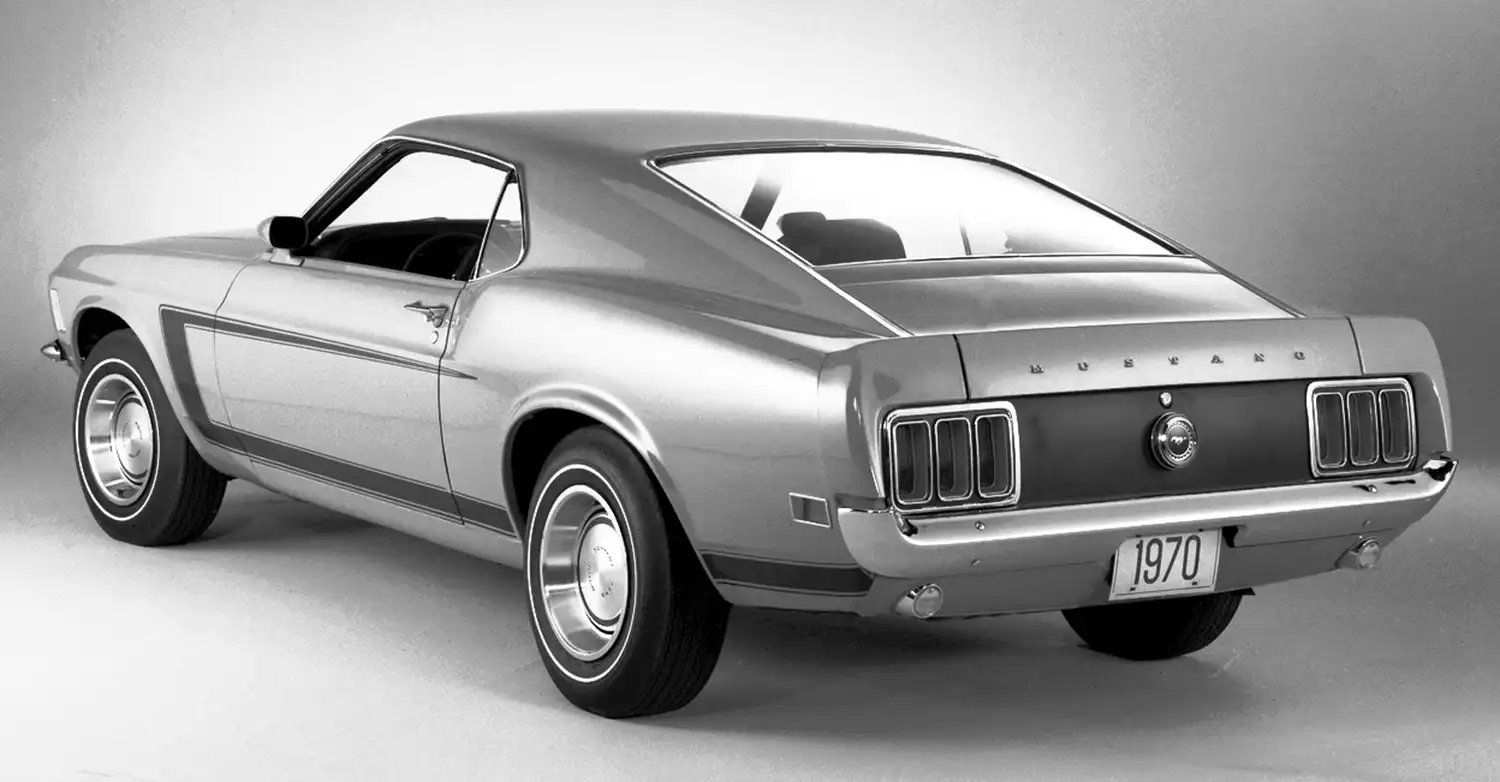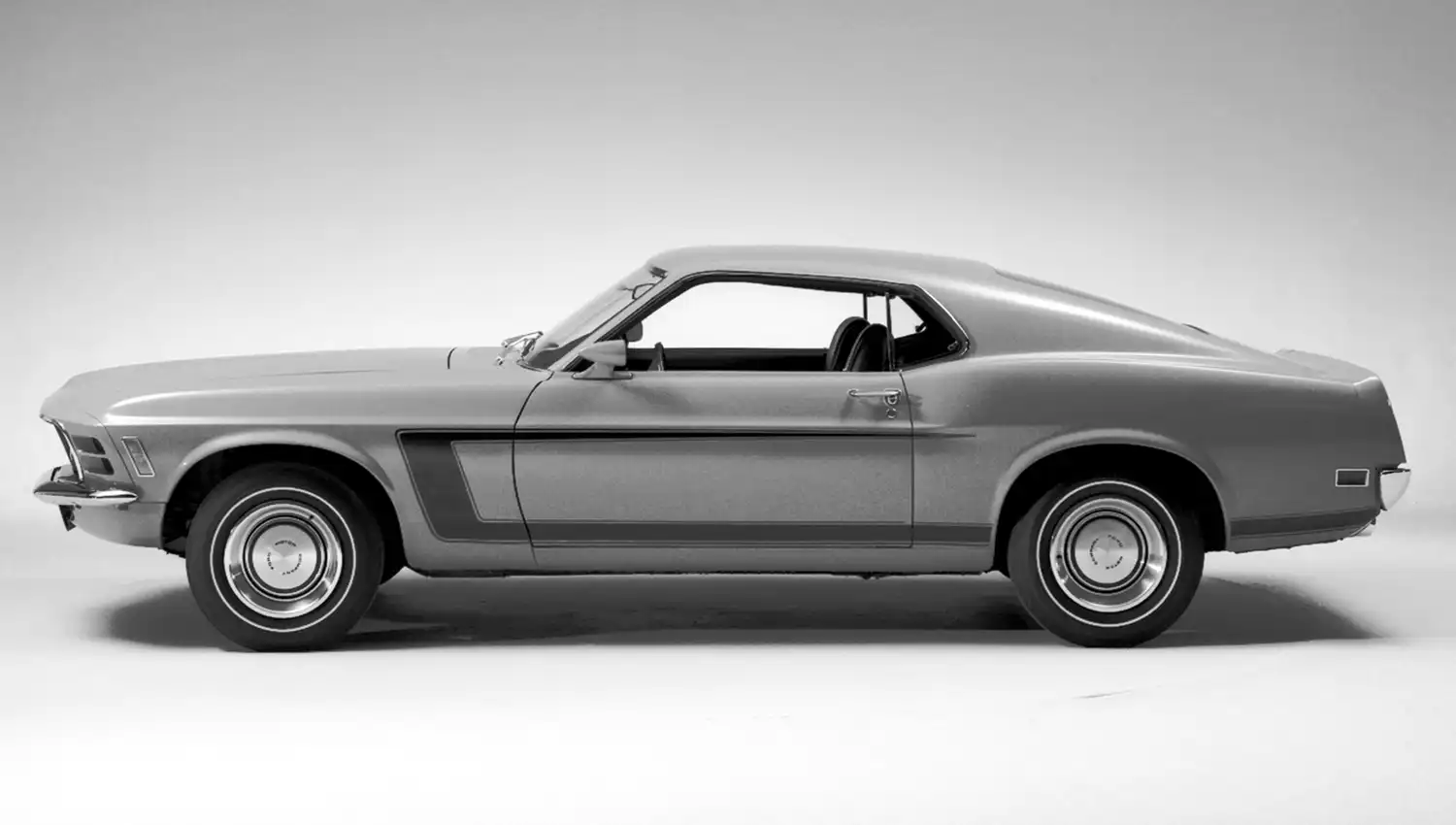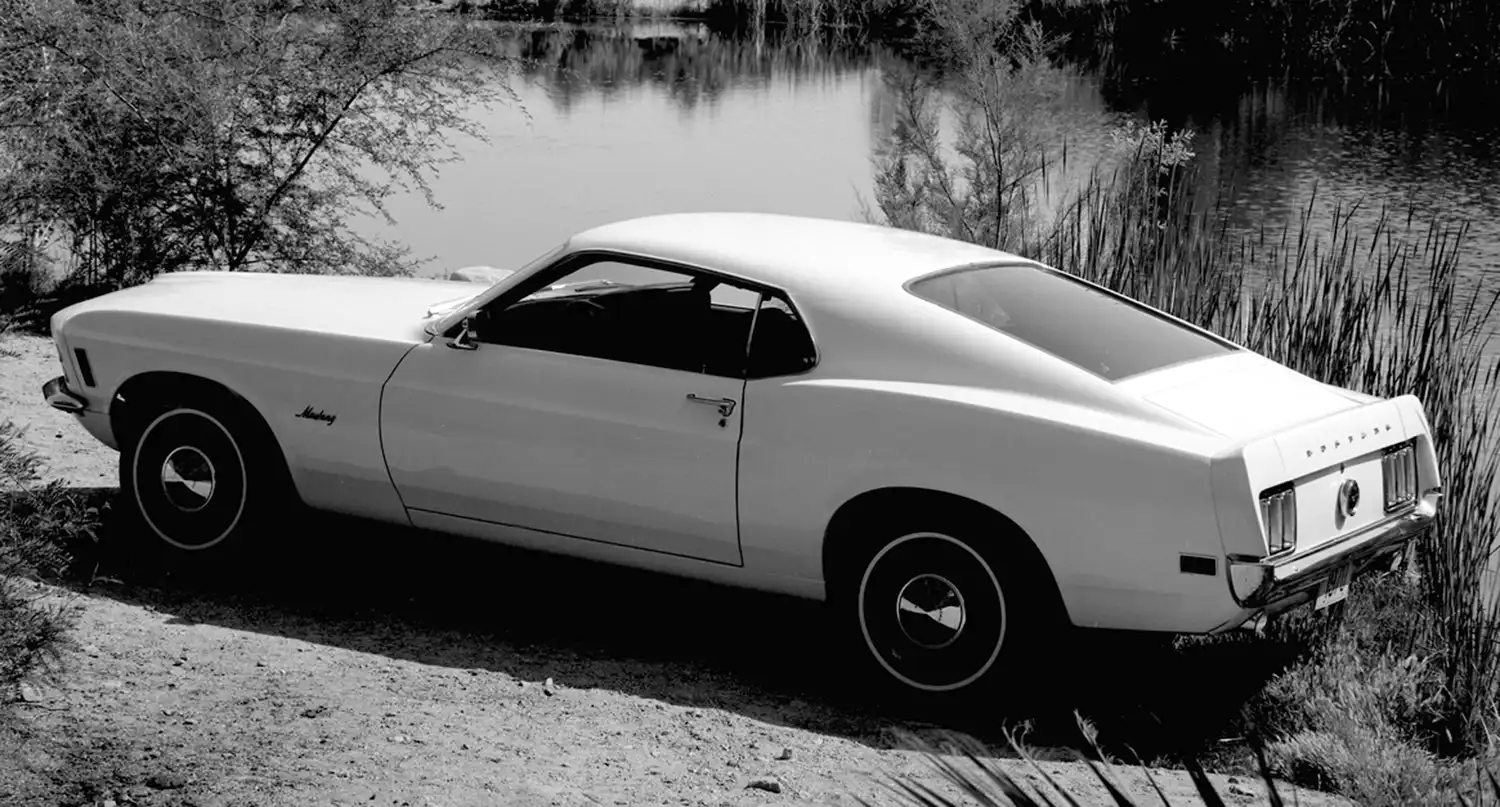
The 1970 Ford Mustang Fastback stands as a pinnacle of American automotive design and performance, a quintessential representation of the muscle car era. The Mustang, since its debut in 1964, quickly became a cultural phenomenon, virtually creating the “pony car” segment. The 1970 Fastback was part of the first generation’s extensive evolution, which saw the Mustang grow in size and power from its initial compact roots. While the first generation spanned from 1965 to 1973, the 1970 model year specifically refined the aggressive styling introduced in 1969, offering a cleaner, more integrated look. This era of Mustang production is cherished for its raw power, striking aesthetics, and the undeniable sense of freedom it conveyed, making the 1970 Fastback a highly sought-after classic today.
Exterior Design and Styling: The 1970 Ford Mustang Fastback, often referred to as the “SportsRoof” by Ford, boasts one of the most iconic and beloved silhouettes in automotive history. Its sleek, sloping roofline flows gracefully into the rear deck, giving it a dynamic and aggressive stance. Compared to the 1969 model, the 1970 Fastback received subtle but impactful styling revisions. The quad headlights were integrated into the grille, moving from the outboard positions, and the non-functional side scoops were removed, contributing to a smoother, more refined profile. Iconic elements such as the distinctive C-stripes, often seen on performance models, and optional rear window louvers, further enhanced its sporty appeal. The overall design embodied the spirit of American muscle, with broad shoulders and a confident presence.
Interior Ergonomics and Features: The interior of the 1970 Ford Mustang Fastback was designed to be driver-focused, combining functional ergonomics with a touch of sporty flair. While not overly luxurious, it offered a comfortable and engaging environment. Standard features typically included bucket seats, a floor-mounted shifter, and a comprehensive gauge cluster that provided vital information at a glance, such as a large speedometer and tachometer, along with gauges for oil pressure, water temperature, and fuel level. Depending on the trim level, options like simulated wood grain accents, upgraded upholstery, and a sports steering wheel could be found. The fastback’s interior also often featured a fold-down rear seat, offering practical cargo space, a nod to its versatility beyond pure performance.

Chassis and Suspension Dynamics: The 1970 Ford Mustang Fastback was built on a robust unibody chassis, designed to handle the power of its available engines and provide a responsive driving experience. The front suspension typically featured an independent design with coil springs, while the rear utilized a live axle with leaf springs. For performance-oriented models, enhancements like heavy-duty suspension components, including stiffer springs, larger anti-roll bars, and improved shock absorbers, were available to enhance handling and minimize body roll during spirited driving. Power steering was a common option, making the car more manageable, and power-assisted front disc brakes were often specified for superior stopping performance, a crucial upgrade for the more powerful variants.
Power and Performance: The 1970 Ford Mustang Fastback offered a diverse range of engine options, catering to various performance appetites, from economical cruising to raw muscle. Base models often featured inline-six engines, but the true spirit of the Fastback lay in its V8 offerings. These included the 302 cubic inch (4.9L) V8, often paired with a two-barrel or four-barrel carburetor. More powerful options extended to the Cleveland and Windsor variants of the 351 cubic inch (5.8L) V8, capable of producing significant horsepower and torque. Enthusiasts could opt for the mighty 390 cubic inch (6.4L) V8 or, at the top end, the legendary 428 cubic inch (7.0L) Cobra Jet and Super Cobra Jet V8s, known for their immense power output. These engines, especially the big-block V8s, delivered exhilarating acceleration and a thunderous exhaust note, establishing the Fastback’s reputation as a formidable performance machine. Transmissions included various manual options, often a 3-speed or 4-speed, and robust automatic transmissions, all designed to channel power efficiently to the rear wheels.
Variants and Special Editions: Beyond the standard Fastback, the 1970 Mustang lineup included several high-performance variants that have achieved legendary status. The Mach 1 was a popular performance package, combining aesthetic upgrades with robust V8 engines and competition suspension. The Boss 302, a homologation special for the Trans-Am racing series, featured a high-revving 302 V8 and track-ready suspension. For those seeking even more power, the limited-production Boss 429 packed a massive 429 cubic inch semi-Hemi V8, built for NASCAR homologation. These special editions underscored the Mustang’s versatility and its deep connection to motorsports, offering distinct characters and performance capabilities that continue to captivate collectors and enthusiasts worldwide.
Legacy and Collectibility: The 1970 Ford Mustang Fastback, particularly its performance-oriented variants, holds a cherished place in automotive history. It represents a quintessential era of American muscle, combining iconic styling with formidable power. Its enduring popularity stems from its striking appearance, robust mechanicals, and the significant role it played in both popular culture and motorsports. Today, these Fastbacks are highly sought-after collector’s items, with well-preserved or expertly restored examples commanding significant interest. The availability of parts and a passionate community of owners further contribute to its lasting appeal, ensuring that the legacy of the 1970 Mustang Fastback will continue for generations to come.
Summary:
- The 1970 Ford Mustang Fastback is an iconic American muscle car from the first generation (1965-1973).
- Features a sleek, sloping fastback (SportsRoof) design with refined styling.
- Interior is driver-focused with functional gauges and available fold-down rear seat.
- Built on a robust unibody chassis with independent front and leaf-spring rear suspension.
- Offered various powerful V8 engine options, including 302, 351, 390, and 428 Cobra Jet.
- Included notable variants like the Mach 1, Boss 302, and Boss 429.
- Highly collectible due to its iconic status, performance, and role in automotive culture.
Disclaimer: This article offers general information about the 1970 Ford Mustang Fastback for enthusiasts. Actual vehicle conditions, specifications, and values can vary greatly, so thorough due diligence is always recommended.
Source: Ford Heritage Vault
AI Assistance: Gemini
